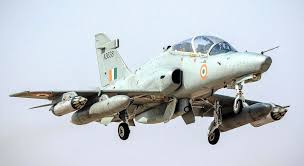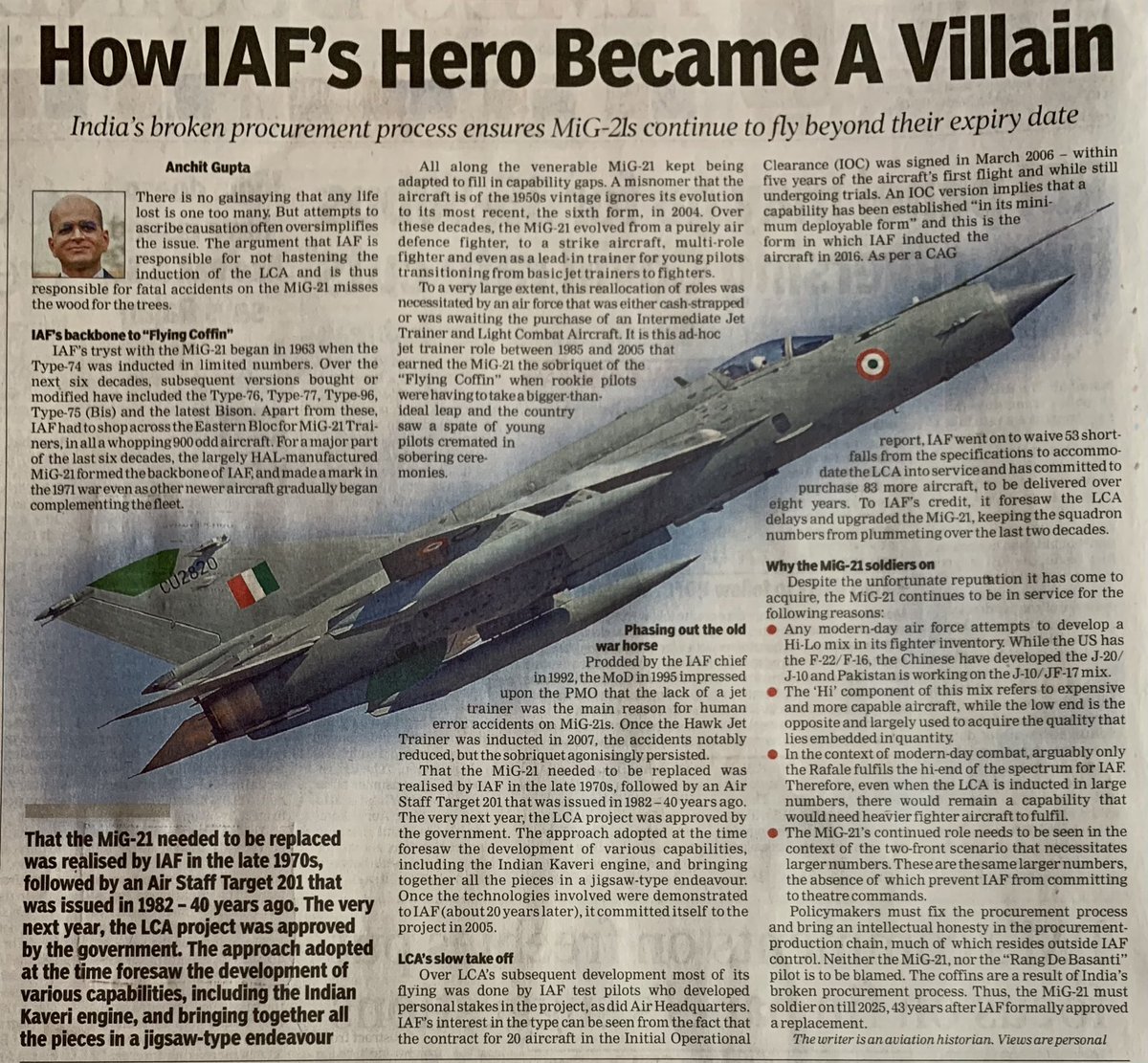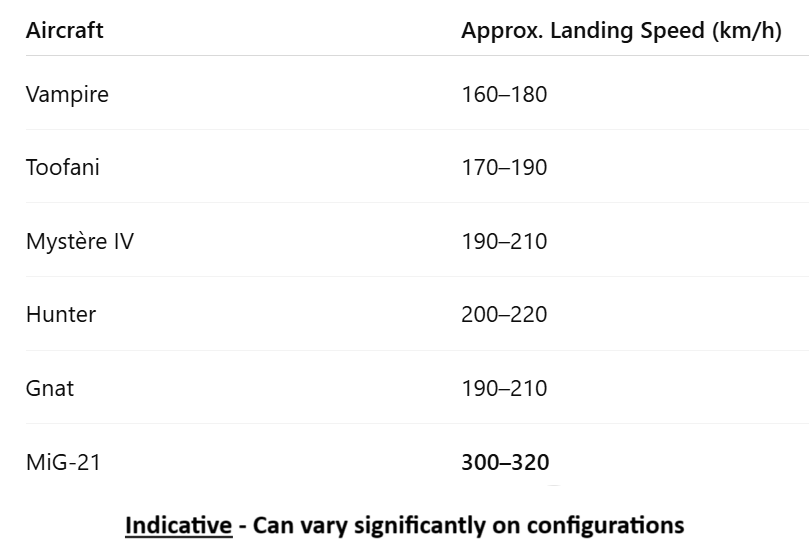Oldest surviving fighter pilot of the @IAF_MCC turns 102 today. Dalip Singh Majithia (1615) in his 7-year career flew 1100 hours on 13 types of ac & saw action in WWII over Burma. This is his story, deeply intertwined with IAF’s fast growth,action-packed phase. #IAFHistory (1/27) 

Born to Kirpal Singh Majithia & grandson of Sardar Sundar Singh Majithia (1st Revenue Minister in Punjab), Dalip was the 4th child in a family of 5. His mother belonged to the Patiala royal family & he was born on 27 July 1920 at Skiplin Villa, her family home in Simla. 2/ 
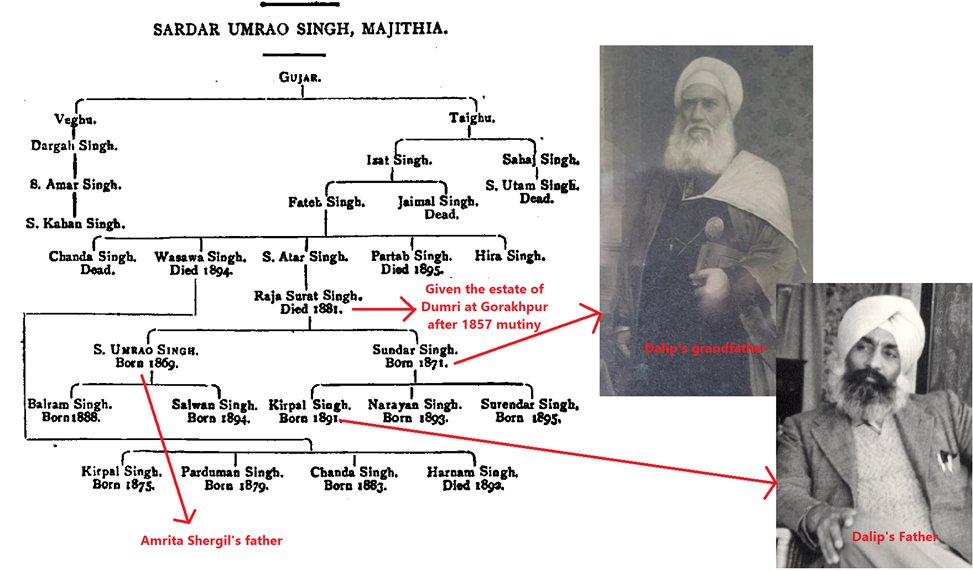
Dalip’s early edn till age 10, was with a home tutor in the ancestral home at Sardarnagar. Mentioned in the “The Punjab Chiefs” by Lepel Henry Griffin, the erstwhile massive estate of Dumri, was given to the great-grandfather of Dalip after 1857 mutiny & renamed “Sardarnagar”. 3/ 

He was sent to Khalsa College in Amritsar at 10 and then to Lahore for his B.A. About to leave for higher edn to Cambridge (UK), he instead evinced interest in joining the Army – Cavalry specifically due to his fondness for horses and riding. 4/ 

WWII had broken out, Dalip’s uncle (father’s youngest brother), Surjit had joined the IAF in Nov 39’ & Dalip was encouraged to do the same in early 40’. IAF Volunteer Reserve had just been setup & Dalip applied for it. 5/ 

Interviewed in Simla & Ambala, incl by then S/L Subroto Mukerjee, he was selected and asked to report to Karachi Flying Club for basic flying experience & aptitude testing. He was instructed by Mr. Gokaty on the Gypsy Moth aircraft. 6/ 

Dalip joined the 4th Pilot Course, the first one to be conducted at the Initial Training School (ITS) at Walton, Lahore on 1 Aug ‘40 to train on the TigerMoths along with 71 others. This lot of 72 had the who’s who of the IAF for the coming 30 years. 7/ 

He flew the first sortie on 5 Aug, and went solo on 22nd Aug. By end of Nov ’40, he had completed 58 hours on the TigerMoth and had bagged the best pilot trophy. Yet to earn his wings though, he was sent to No.1 Flying Training School at Ambala. 8/ 

In those days, officers were commissioned as “Acting Pilot Officers” the day they showed up to Walton. Surjit (~8 years elder) & Dalip had both been commissioned & became the first Uncle-nephew duo in the IAF, first of many that came later. 9/ 

At Ambala for 6 months, he flew ~150 hours on Wapiti, Audax & Hawker Hart ac doing Map reading, night approaches, loops, stalls, Cross country ferry, aerobatics, formation, force landings, dives & instrument flying – earning coveted wings on 24 May ’41. 10/ 

6 Coastal Defence Flights (CDF) were formed in ’40 to be manned by IAFVR pilots. Dalip was sent in June ’41 to 1 CDF at St Mount Madras, flying Wapiti, Hart, Audax, Atlantas over the next 15 months. The role of the unit was Coastal patrols, convoy escort & naval recce. 11/ 

Flying with CDF was interesting – Ferring Wapitis from Madras to Karachi over 3 days/15 hours, keeping smelly homing pigeons in cockpit of the Atlanta, Search & bomb submarines & single a/c patrols over sea! 12/ 
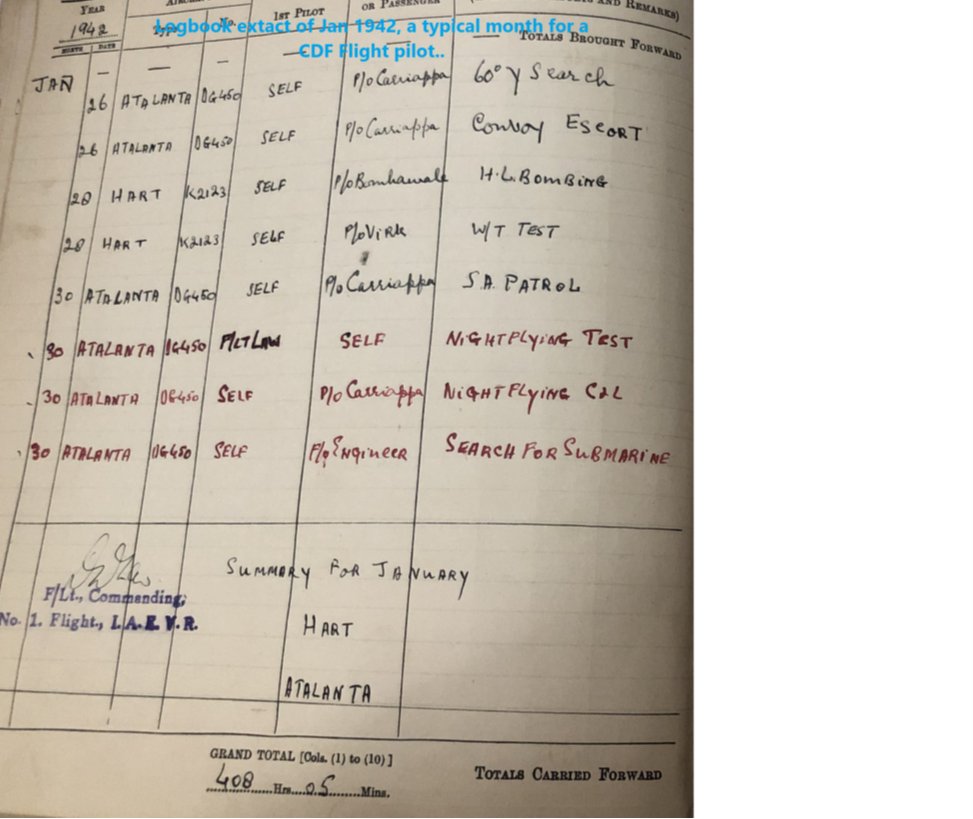
By Nov ’42, CDFs were disbanded, and aircrews sent to the regular Sqns (IAF Sqn 4,6,7,8 came up in 1942). Dalip was posted to 151, OTU at Risalpur for conversion to Harvard & Hurricane a/c. He was about to be sent to warfront. 13/ 

Mar ’43 he joined 6 Sqn as flg offr under legendary Mehar Singh. Just formed, the sqn was moving bases constantly and reached Cox Bazaar in Nov ’43 where they engaged in Recce msns that would earn them the sobriquet, “Eyes of the 14th Army”. Dalip was posted out in Dec ’43. 14/ 

Jan ’44 Dalip was posted as Flt Cdr of 3 Sqn on the upgraded Hurricane IIC & transported across the country to Kohat under Prithpal “polly” Singh, the last of the Cranwell officers. During this tenure he flew with Asghar Khan (later PAF chief) & Sam Manekshaw (then Major). 15/ 

It was here that 3 sqn engaged the Faqir of Ipi who was looking to up the ante. Logbooks shows msns from Kohat & detts at Miranshah engaging in Recee, Leafletting & bombing. Dalip was again posted out Dec ’44, days before Prithpal Singh (his CO at 3 Sqn) died in a crash. 16/ 

Jan ’45 Dalip travelled back to the East. Hoping to be CO soon, he was made Flt Cdr of 4 Sqn with Hurricane IIC & Spitfire VII in Arakan. Under an RAF CO (S/L Sharp), he got down to bombing & Strafing. End Feb ’45, he fell seriously ill & had to be evacuated. 17/ 

It was F/L Asghar Khan who flew Dalip to Calcutta hospital in a Harvard ac. Later he was taken via Poona – Begumpet – Santacruz –Karachi – Cairo – Sicily to London, in a RAF Sunderland. He returned to Delhi in Aug ’45, once fully recovered from the mysterious illness. 18/ 

Rejoining 4 Sqn briefly in Oct ’45, he did his first solo after 9 months, but his medical category was not yet back to the finest. He was promoted & posted to AirHQ as Sqn Ldr (operations). By Dec, Dalip was flying to Perth via Colombo & Coco Island in a C-54 Sky Master. 19/ 

At Melbourne, he was posted as IAF’s Liaison to Joint Chief of Staff in Australia who was entrusted with orderly disengagement of Commonwealth Occupation forces, which included 4 Sqn from IAF apart from RAF, RNAZ, RAAF units. On return, Dalip left the IAF on 18 Mar ’47. 20/ 

In Aus he met the love of his life, Joan Sanders, who had served with Women’s Royal Aus Naval Service. Encouraged by family to tend to the large business interests, unsure of IAF in the post WWII phase, Dalip left IAF and in 1948 married Joan, settling in Sardarnagar. 21/ 

He considered Mehar Singh his mentor & remains in awe of him to this date. Of all the ac he flew, he loved the Hurricane the most. His love for flying did not wane, he flew the L-5s his family had bought & later acquired two Beechcraft Bonanza, flying till 1979. 22/ 

Dalip & Majithia family remained keen on aviation. Surjit was 1st Indian Ambassador to Nepal. On a request from Nepal to open an air-route, he entrusted Dalip, who created history by landing on an unprepared strip at Kathmandu on 23 Apr 49. This became the Intl Airport. 23/ 

Flying from Muzaffarpur, along the Bhagmati, the strip was just 150 X1200 yards. Surjit positioned his car at the south end with a T marked next to it, with 1-2-3 balls on the T signifying wind speed ranges for Dalip to gauge approach, in planning that lasted over 6 months. 24/ 

Dalip later bought a business in Muzaffarpur, an agency for General Motors & Ferguson tractor. He sold cars to the Nepalese aristocrats in Kathmandu. Moving back to Saraya, he put up a steel furnace & rolling mill & consolidated his life in Gorakhpur. 25/ 

Incidentally, AFS Gorakhpur is made partly on lands acquired from Majithia’s. Joan Sanders passed away in 2021. Dalip remained active in sports, especially Golf, & spends his time between Delhi, Rudrapur & Gorakhpur. He still enjoys “two measured small drinks of Teachers’50”. 26/ 

These lines in Dalip’s Logbook (when he fell ill in 1945), probably found resonance with Amitabh Bachchan’s character many years later in the movie “The Great Gambler”
“Do lafzon mein meri kahaani hai, ek lafze mohabat hai, doosra lafze jawaani hai”. 27/27
“Do lafzon mein meri kahaani hai, ek lafze mohabat hai, doosra lafze jawaani hai”. 27/27

• • •
Missing some Tweet in this thread? You can try to
force a refresh


